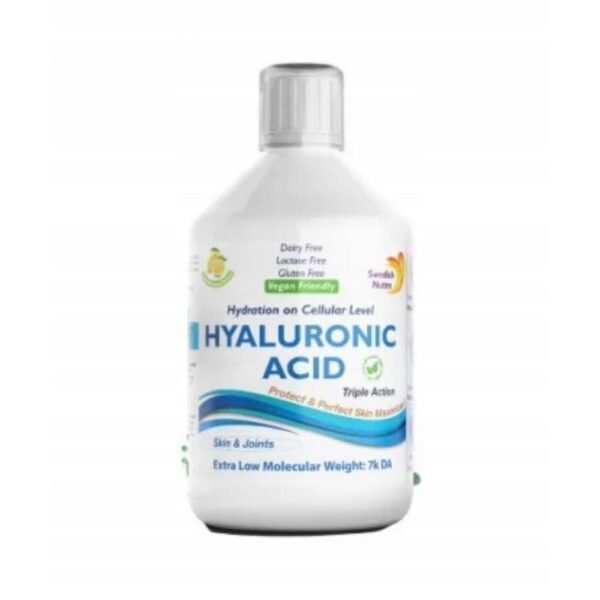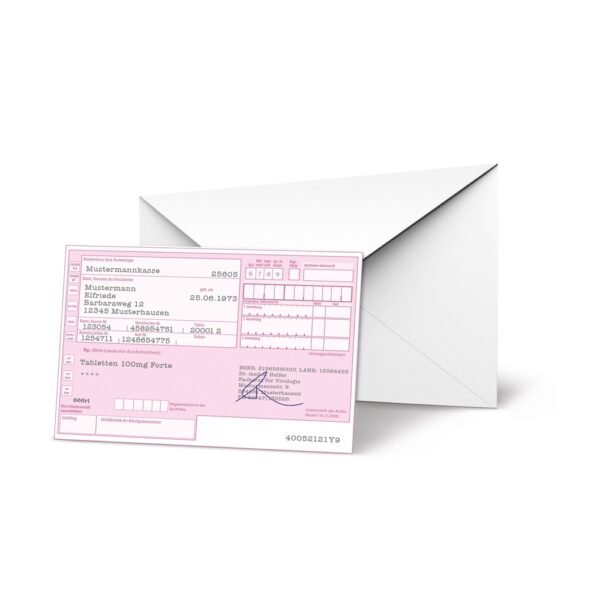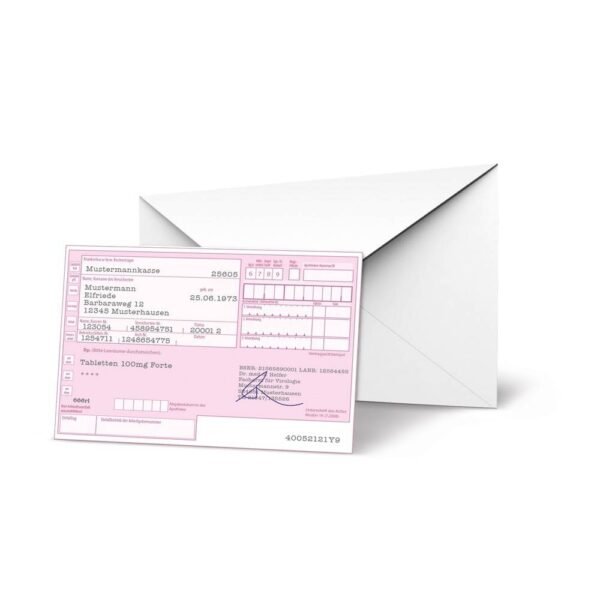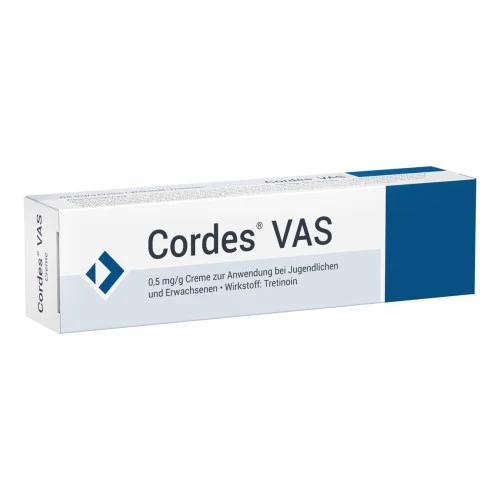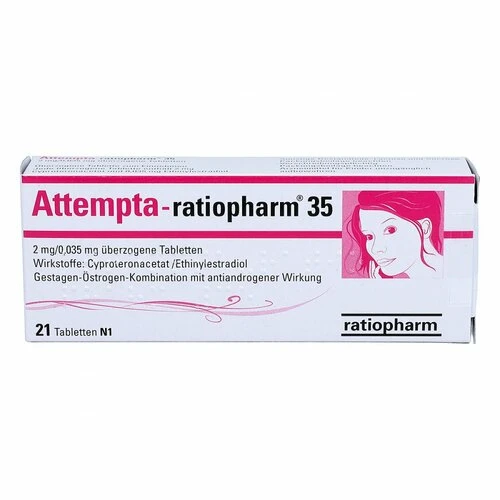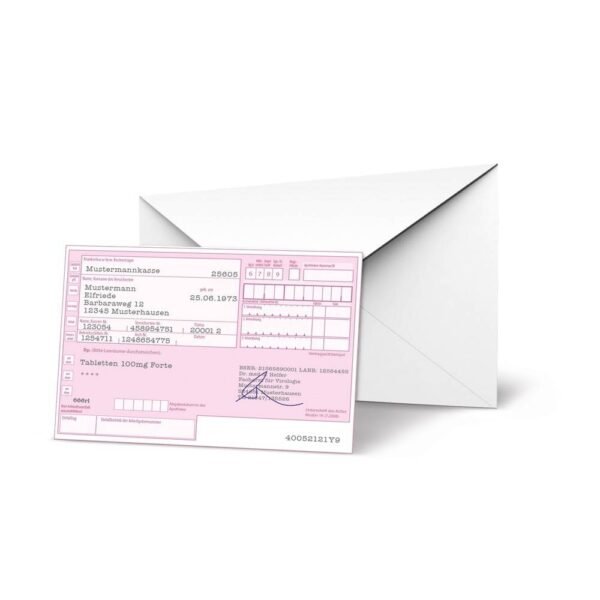Pharmacological action
A cardioselective beta1-adrenergic blocker without intrinsic sympathomimetic activity. It has antihypertensive, antianginal and antiarrhythmic effects.
Reduces the stimulating effect of sympathetic innervation and catecholamines circulating in the blood on the heart. It has a negative chronotropic, dromotropic, bathmotropic and inotropic effect: it reduces heart rate, inhibits conduction and excitability, and reduces myocardial contractility. At the beginning of beta-blocker use (in the first 24 hours after oral administration), the total peripheral vascular resistance increases (as a result of a reciprocal increase in the activity of α-adrenergic receptors and the elimination of β2-adrenergic receptor stimulation), after 1-3 days it returns to the original value, and with prolonged use it decreases. The hypotensive effect is associated with a decrease in the minute blood volume, a decrease in the activity of the renin-angiotensin system (of greater importance for patients with initial hypersecretion of renin), the sensitivity of the baroreceptors of the aortic arch (their activity does not increase in response to a decrease in blood pressure) and the effect on the central nervous system; it is manifested by a decrease in both systolic and diastolic blood pressure, a decrease in stroke volume and minute volume. In average therapeutic doses, it does not affect the tone of peripheral arteries. The antianginal effect is determined by a decrease in the myocardial oxygen demand as a result of a decrease in heart rate (lengthening diastole and improving myocardial perfusion) and contractility, as well as a decrease in the sensitivity of the myocardium to the effects of sympathetic innervation. A decrease in heart rate occurs at rest and during physical exertion. Due to the increase in the final diastolic pressure in the left ventricle and increased stretching of the ventricular muscle fibers, it can increase the need for oxygen, especially in patients with chronic heart failure.
The antiarrhythmic effect is due to the elimination of arrhythmogenic factors (tachycardia, increased activity of the sympathetic nervous system, increased cAMP content, arterial hypertension), a decrease in the rate of spontaneous excitation of the sinus and ectopic pacemakers and a slowdown in AV conduction. Inhibition of impulse conduction is noted mainly in the antegrade and, to a lesser extent, in the retrograde directions through the AV node and along additional pathways.
Unlike non-selective beta-blockers, when used in average therapeutic doses, it has a less pronounced effect on organs containing β2-adrenergic receptors (pancreas, skeletal muscles, smooth muscles of the peripheral arteries, bronchi and uterus) and on carbohydrate metabolism; the severity of the atherogenic effect is no different from the effect of propranolol. The negative bathmo-, chrono-, ino- and dromotropic effect is expressed to a lesser extent. When used in high doses (more than 100 mg / day), it causes a blockade of both subtypes of β-adrenergic receptors.
The hypotensive effect lasts for 24 hours, with regular use it stabilizes by the end of the 2nd week of treatment. The negative chronotropic effect appears 1 hour after administration, reaches a maximum after 2-4 hours and lasts up to 24 hours.
Indications for the active substances of the drug Atenolol-Ratiopharm
Arterial hypertension, hypertensive crisis, mitral valve prolapse, hyperkinetic cardiac syndrome of functional genesis, neurocirculatory dystonia of the hypertensive type.
Treatment: coronary heart disease, angina (exertion, rest and unstable).
Treatment and prevention: myocardial infarction (acute phase with stable hemodynamic parameters, secondary prevention).
Arrhythmias (including those under general anesthesia, congenital long QT syndrome, myocardial infarction without signs of chronic heart failure, thyrotoxicosis), sinus tachycardia, paroxysmal atrial tachycardia, supraventricular and ventricular extrasystole, supraventricular and ventricular tachycardia, atrial tachyarrhythmia, atrial flutter.
Essential and senile tremor, agitation and tremor during withdrawal syndrome.
As part of complex therapy: hypertrophic obstructive cardiomyopathy, pheochromocytoma (only together with alpha-blockers), thyrotoxicosis; migraine (prevention).
Use during pregnancy and breastfeeding
Atenolol penetrates the placental barrier, so use during pregnancy is possible only if the expected benefit to the mother outweighs the possible risk to the fetus.
Atenolol is excreted in breast milk, so if it is necessary to use it during lactation, it is recommended to stop breastfeeding.
The method of administration and dosage regimen of a specific drug depend on its form of release and other factors. The optimal dosage regimen is determined by the doctor. It is necessary to strictly observe the compliance of the dosage form of a specific drug with the indications for use and dosage regimen.
Warning: Always consult a doctor before using medications.



